How to select cotton baling film for long-term cotton storage
2025-09-26
Key Considerations for Selecting Cotton Baling Film for Long-Term Storage
-
1. Material Durability
Prioritize films made from high-quality polymers that resist brittleness over time. These materials are less likely to crack or split when exposed to temperature fluctuations, which is critical for long-term storage where conditions may vary. The film must withstand prolonged exposure without tearing, degrading, or losing structural integrity.
-
2. Moisture Resistance
Choose baling film with strong barrier properties against water vapor. Films treated with moisture-resistant coatings or constructed from multi-layered materials often perform better. Ensure the film forms a tight, sealed barrier around the cotton bale to prevent ambient humidity from seeping in, even in damp warehouse environments.
-
3. UV Resistance
For outdoor storage or areas with direct sunlight, opt for films infused with UV stabilizers. These additives slow down degradation caused by sunlight and help maintain the film's strength and barrier properties over time, protecting cotton from dust, pests, or moisture infiltration.
-
4. Process Compatibility
The film should stretch evenly without tearing during application, ensuring full coverage of the bale with no gaps. For automated systems, choose films designed to work with your machine's specifications. Consider whether the film is easy to remove without leaving residue or damaging cotton fibers.
-
5. Compliance with Industry Standards
Check for films that meet storage-grade performance standards, including resistance to punctures from sharp debris and pressure from stacked bales. Reputable manufacturers should provide details on the film's performance in long-term storage conditions.
You Might Also Like
-
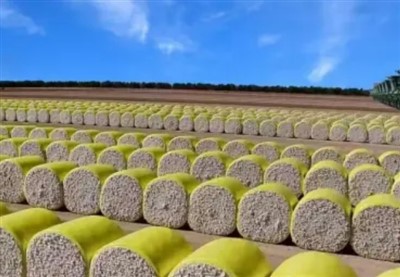
what are the advantages of cotton packaging film
-
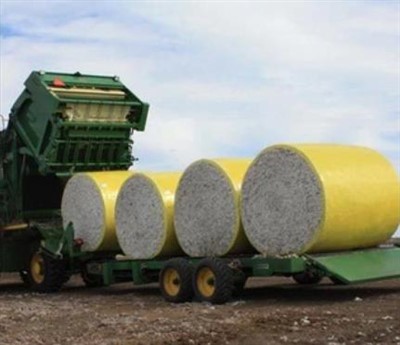
The Advantages of Cotton Wrap Film
-
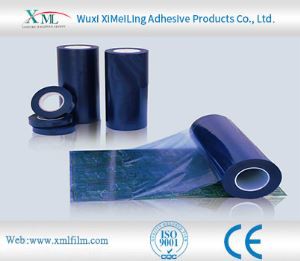
How does pe protective film cope with high temperature environment
-
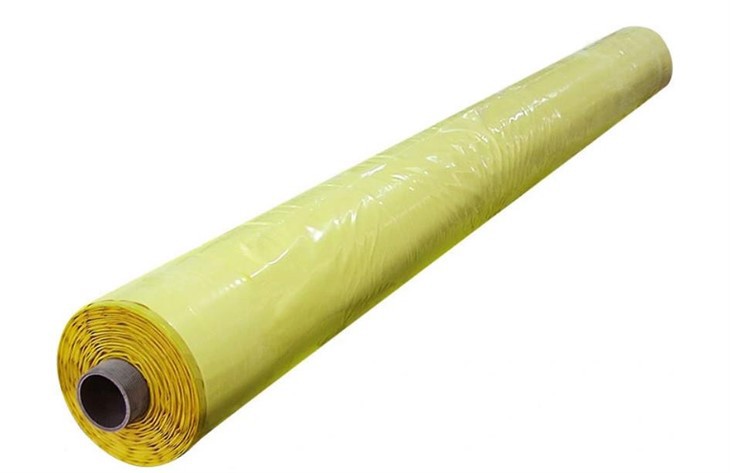
Advantages of Cotton Bale Wrap Film
-
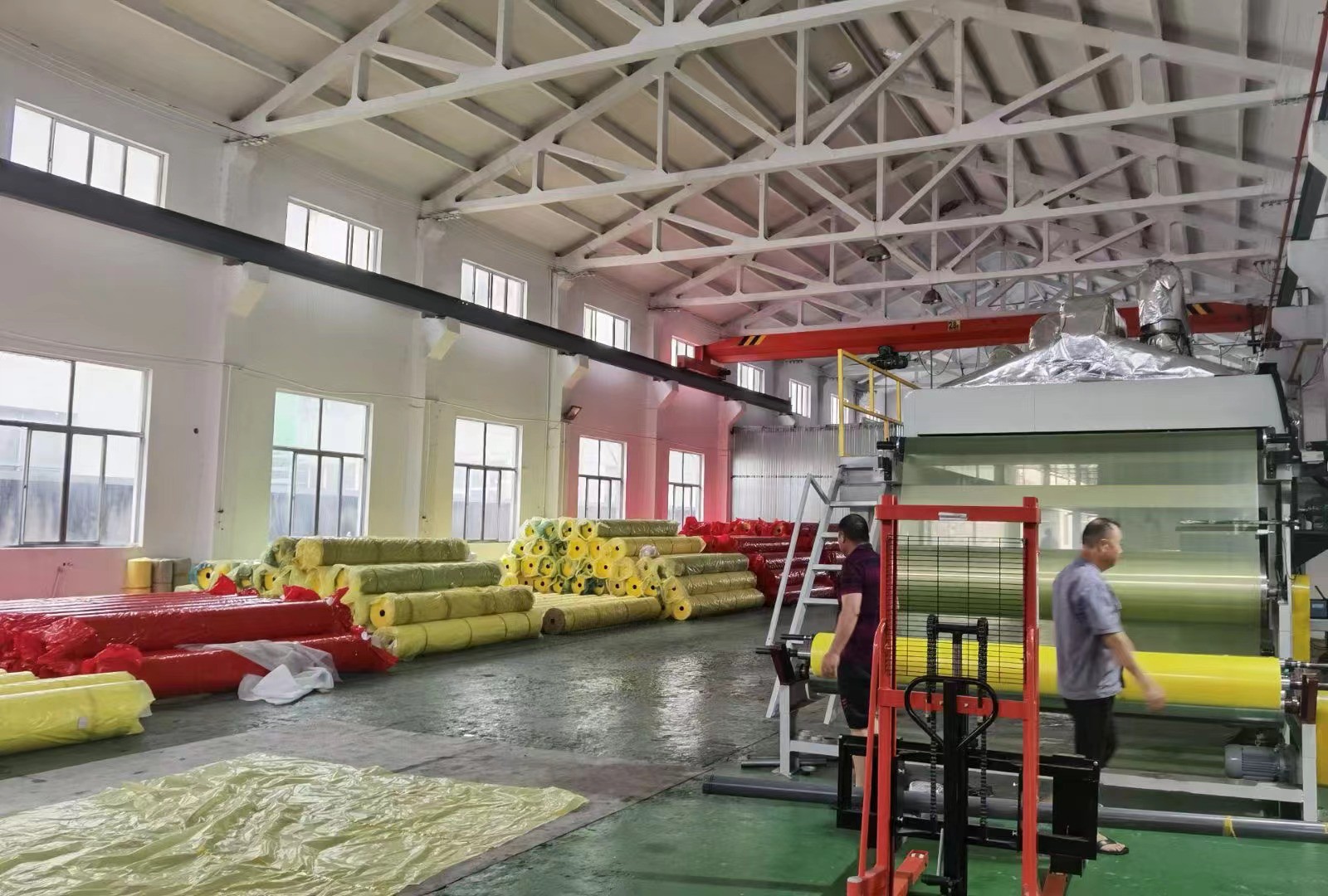
Storage method of cotton bale wrap film
-
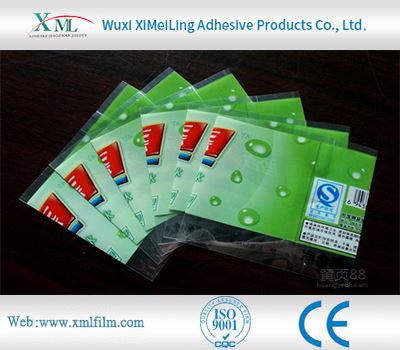
How Polyethylene Packaging Material Copes with High Temperature Environment
